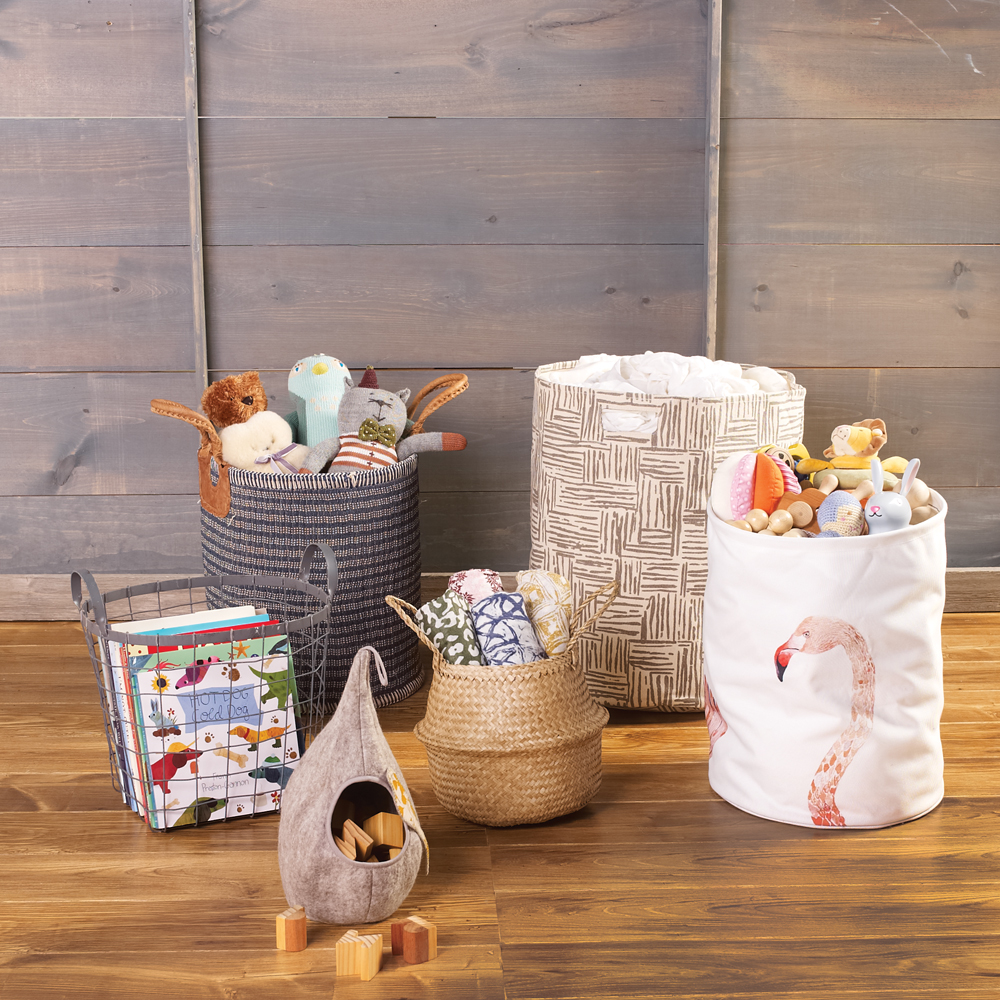Full disclosure

A lot of unpleasant things can happen on the day […]
A lot of unpleasant things can happen on the day baby decides to make her entrance, and many of them are events people don’t discuss in civilized conversation. But in an effort to give you the full uncensored scoop, we’re going to go there.

Contractions are supposed to be all about the abdomen, right? So why does it feel like your back is breaking? “Back labor happens when your baby is facing your belly instead of your back.The back of baby’s head puts pressure on your lower back, causing back pain in addition to your contractions,” shares Ana Hill, CLD, CLE, CCCE, executive director of CAPPA labor doula programs. Moms who have experienced back labor tend to voice the opinion that it’s more painful than regular labor, so don’t be afraid to ask for some help if it strikes, even if you swore you’d go drug-free. (News flash: No one’s handing out trophies for most impressive pain tolerance.)
What goes down might come up
Nausea and vomiting are fairly common occurrences in the delivery room, and they happen primarily because of labor hormones, says Hill. “One of the best tools [to combat] nausea is aromatherapy. Have your birth partner place a few drops of peppermint essential oil on a cotton ball or the corner of a washcloth and inhale whenever you feel nauseated.” If you do throw up, it won’t bother anyone in the room other than you; a nurse will have a basin under your chin as soon as you mention feeling sick, and the mess will be whisked away without so much as the bat of an eye.
W-w-w-what’s going on?
Shaking and shivering isn’t unusual during transition (the time between active labor and delivery, when your cervix is reaching full dilation and contractions are coming on fast and strong). Some moms’ shivers can be attributed to an epidural, but even those who go au naturel can experience a little chattering and quivering. Birthing a baby takes a lot out of a girl, so it’s only natural for our bodies to show some signs of wear and tear in the later stages of labor and even following delivery.
B.M. doesn’t stand for Beautiful Mama
It’s many a mom-to-be’s greatest fear: the delivery room bowel movement. “Moving a baby through your pelvis can cause the rectum to empty, and it’s perfectly normal,” notes Hill. While it is admittedly a mortifying prospect, it truly isn’t a big deal to the folks who spend their days (and nights) in the L&D unit. Should it happen, your labor team will quickly (and quietly) clear the evidence. If you’re determined to prevent an appearance of poop, try Hill’s advice: “Remember to make a trip to the bathroom about every hour during labor, and you’ll find that your body takes care of this concern on its own.”
Letting it all hang out
Prior to giving birth, most moms would be uncomfortable with the thought of a team of near-strangers checking out their lady parts. However, in the heat of the moment, modesty will probably be the last thing on your mind. After giving birth to my daughter, I counted back to discover that approximately 11 people had caughta bird’s-eye view of my nether region at some point during the process. And frankly, I couldn’t have cared less (although I most certainly would have cared—a lot—under different circumstances).
Other moms I know have shared similar experiences, so don’t worry if you’re not entirely comfortable with the idea of a handful of folks hanging out between your legs. Chances are it won’t be as traumatizing as you might expect.
That’s one burning ring of fire
You know the contractions are going to be uncomfortable, but there’s a surprise sensation that occurs when baby is crowning that just might take your breath away. (Enter Johnny Cash.) Your skin is stretching to previously uncharted territory, and that burning feeling down below is the result. Luckily, the “ring of fire” typically doesn’t last long—a few minutes at most—and doesn’t happen until the final stage of labor. And as strange as it sounds, that flaming feeling is a good sign—it means you’re almost there!
Wait, there’s more?
Baby’s here, but you’re not finished yet! “Most of us forget the placenta needs to be birthed after baby comes,” says Hill. It can be downright discouraging when you’re snuggling with your infant and someone suddenly starts telling you to push again. But fret not: “The placenta is soft and usually very easy to deliver in one or two short pushes,” Hill shares. Some moms want to see their second delivery, while others prefer not to be distracted from the real star of the day. Either way, the delivery portion of your adventure is over (unless there’s some work to be done down below), and you’re off to experience a whole slew of parenting-related surprises. Good luck!







